Browse Primary Sources
Locate primary sources, including images, objects, media, and texts. Annotations by scholars contextualize sources.
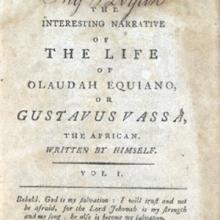
The Interesting Narrative of the Life of Olaudah Equiano: Middle Passage
From the 16th to the 18th centuries, an estimated 20 million Africans crossed the Atlantic to the Americas in the trans-Atlantic slave trade. Until recently, slave studies rarely discussed children's experiences, but it has been estimated that one quarter of the slaves who crossed the Atlantic were children.
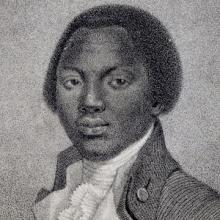
The Interesting Narrative of the Life of Olaudah Equiano: Slave Auction
From the 16th to the 18th centuries, an estimated 20 million Africans crossed the Atlantic to the Americas in the trans-Atlantic slave trade. Until recently, slave studies rarely discussed children's experiences, but it has been estimated that one quarter of the slaves who crossed the Atlantic were children.
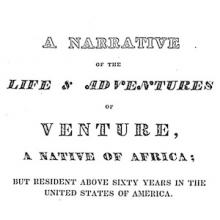
A Narrative of the Life and Adventures of Venture A Native of Africa
In this excerpted source, Venture Smith recalls his experiences in the slave trade as a child. This source is especially important, as Smith gives a very vivid account of slave raiding, a common practice that took place during the peak years of the slave trade in the 18th century. Smith, the son of a Guinean Prince, was sold into slavery at the young age of three by his own mother.
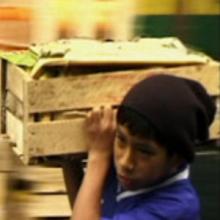
Peruvian Youth Center for Child Laborers
The photographs of a twelve-year-old Peruvian fruit market porter named Jonathan are from a video produced by the International Confederation of Free Trade Unions (ICFTU), a trade union organization affiliated with the International Labour Organization (ILO).
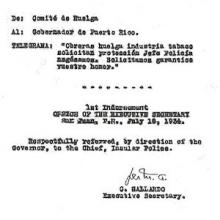
Women's Union Telegram
That women in significant numbers were active participants in the Puerto Rican labor movement of the 1930s did not escape the attention of the government. Women’s unions demanded their rights through political channels as well as protest and striking.
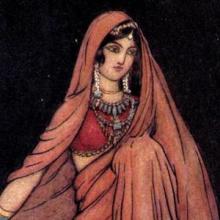
Indian Tales of the Great Ones
Born in 1870 into a Parsee family in India, Cornelia Sorabji (1870–1954) became a writer and a lawyer. By the end of the Victorian period, many elite Indian men had traveled to Britain to study. Cornelia Sorabji became the first female law student at Oxford University, where she studied from 1889 to 1894.
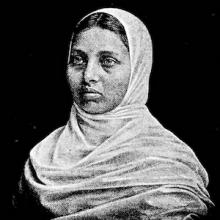
The High-Caste Hindu Woman
Literacy among Indian women was low during the 19th century, and so primary sources written by Indian women are rare for this period. One notable exception is Pandita Ramabai (1858-1922), an influential Indian woman social reformer from Maharashtra in western India.
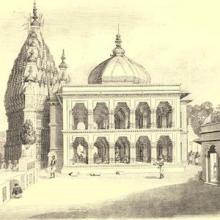
India’s Cries to British Humanity
Toward the end of the 1700s, the evangelical movement in Britain argued that one’s commitment to Christ should be reflected in action, primarily the effort to end slavery in the British empire and to proselytize or seek converts among the “heathen.” Initially, the English East India Company had prohibited Christian missionaries from living within their territories and seeking Indian converts in
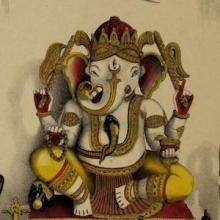
Wanderings of a Pilgrim in Search of the Picturesque
From 1600 to the early 1800s, few officials of the English East Indian Company lived with English wives in India. This practice began to change as transportation became easier with the development of steamships. Born in 1794, Fanny Archer married Charles Parks, a writer (clerk) with the Company, in March 1822 and arrived in Calcutta in November 1822.

Rajah Rammohun Roy Excerpts
Ram Mohan Roy (1774-1832), a highly educated Bengali brahman from a well-to-do landed family, had worked in the lower levels of the Company bureaucracy. Since Indians were excluded from the elite Indian Civil Service, Roy eventually left the Company service to advocate rationalist religious and social reform among Hindus.
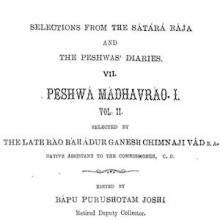
Letter to Panduranga Joshi Kulkarni
Although the self-immolation of Hindu widows was less common in western India than in Bengal, this letter confirms its occurrence in Maratha-ruled areas during the 1700s. The Marathas were a distinctive ethnic group of peasants who spoke the Marathi language and achieved an impressive reputation as effective guerilla fighters.
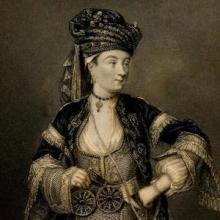
Letters of Lady Mary Wortley Montagu
The following are excerpts from the letters of Lady Mary Wortley Montagu (1689-1762), a noted English essayist and one of the earliest advocates of women’s rights.
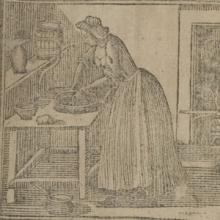
The Whole Duty of Woman
The following selection comes from a late 17th-century English advice book for women.
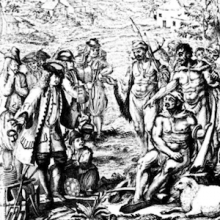
Peter Kolb Travel Narrative 2
Peter Kolb was a German astronomer and mathematician who lived at the Cape from 1705 to 1713. He was initially sponsored by a German baron to make astronomical observations in pursuit of a way to calculate longitude accurately. When this project ended, Kolb stayed at the Cape and observed everything else.
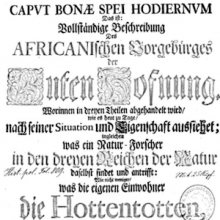
Peter Kolb Travel Narrative 1
Peter Kolb was a German astronomer and mathematician who lived at the Cape from 1705 to 1713. He was initially sponsored by a German baron to make astronomical observations in pursuit of a way to calculate longitude accurately. When this project ended, Kolb stayed at the Cape and observed everything else.
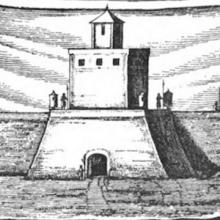
Journal of Jan van Riebeeck
Krotoa, called Eva by the Dutch, is the first Khoikhoi woman to appear in the European records of the early settlement at the Cape as an individual personality and active participant in cultural and economic exchange. Eva joined Commander Jan van Riebeeck’s household at the Dutch fort at around age 12.
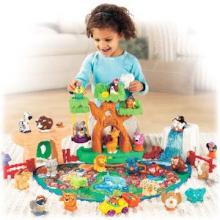
Toys
The material culture of early childhood in the 21st century is characterized by an emphasis on biological age and related levels of cognitive and motor skill development. All types of objects, including diapers, toys, food products, and clothing, are divided into categories based on the age-appropriateness of a particular object.
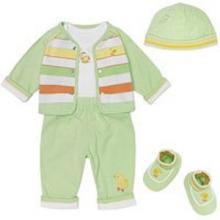
Clothing
The material culture of early childhood in the 21st century is characterized by an emphasis on biological age and related levels of cognitive and motor skill development. All types of objects, including diapers, toys, food products, and clothing, are divided into categories based on the age-appropriateness of a particular object.
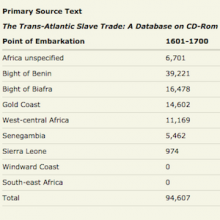
Children in the Slave Trade Table
The Trans-Atlantic Slave Trade: A Database on CD-ROM, edited by David Eltis, Stephen D. Behrendt, David Richardson, and Herbert S. Klein, contains the best quantitative evidence to date on the number of Africans sold into the slave trade. A collection of trader inventories, the CD-Rom serves as a searchable database of voyages that took place during from the 16th to 19th centuries.
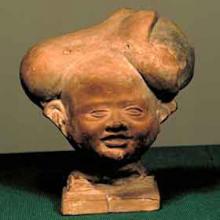
Terracotta Smiling Children Heads
These two terracotta heads of smiling children stem from excavations at Bulandi Bagh in Patna, India. The molded figures, about 10 cm. (4 in.) high, are rare and significant, both because of their naturalistic facial expressions and technical artistry.